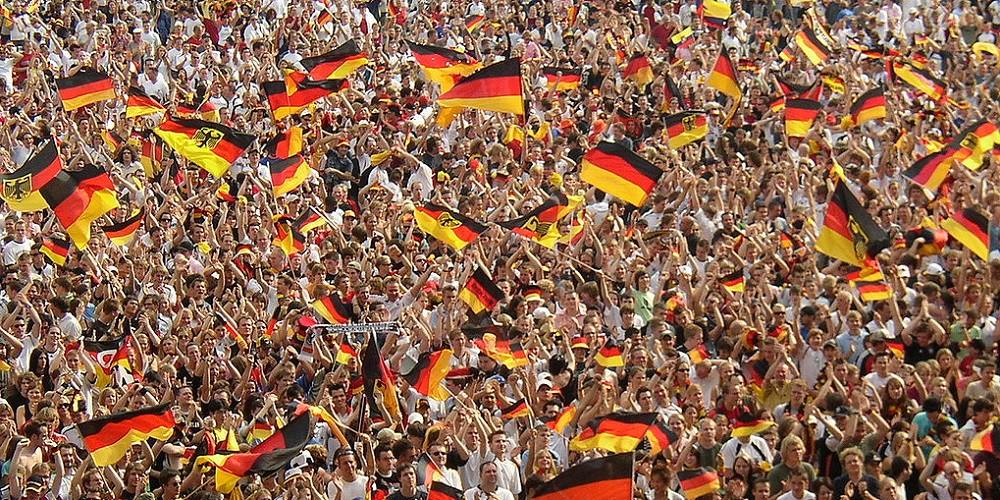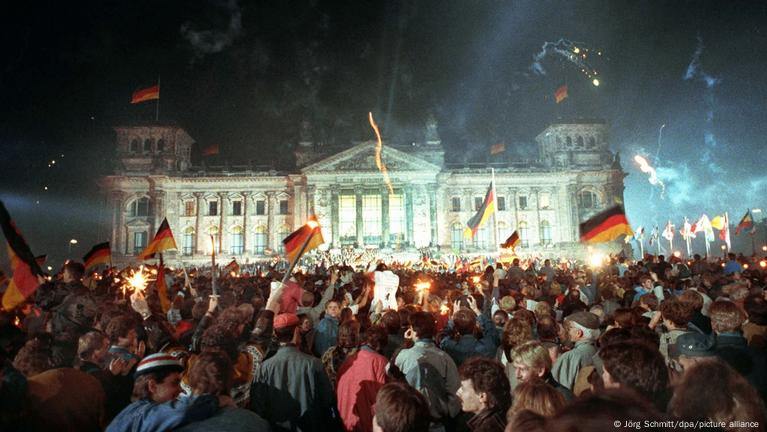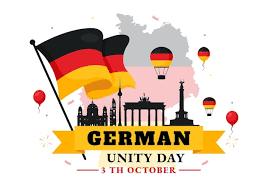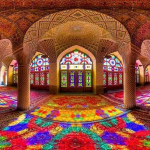German Unity Day is the national holiday of Germany and is celebrated every year on October 3rd. If you live there you get a day off work, the politicians get to do their speeches, and there are some fireworks.
On the surface it looks like another bland state holiday, but in reality it commemorates one of the most important events in modern European history, the reunification of Germany after being split in two for over forty years. Like most things German it is both efficient and slightly awkward, but also far more interesting than the brochures make it look. And yes there is beer…..
Why Germany Was Divided
After World War Two Germany was smashed to pieces and occupied by the four victorious powers namely the Soviet Union, the United States, Britain and France. Like a badly cooked sausage it was cut into four chunks. The Soviets took the east, the western powers took the west, and Berlin itself got sliced up like a pizza despite sitting deep inside Soviet-controlled territory.
Things got messy very quickly. The Soviets wanted communism, the Americans wanted capitalism, and both sides wanted to control Europe. By 1949 there were officially two German states: the Federal Republic of Germany in the west and the German Democratic Republic in the east. The names alone tell you who had the better PR team.
From then on Germany was the frontline of the Cold War. West Germany got Marshall Plan money, Coca Cola and Mercedes Benz. East Germany got socialist housing blocks, Trabant cars and Vita Cola, which was their own attempt at a soft drink after Coca Cola pulled out.

The Fall of the Wall and Reunification
By the late 1980s the communist world was starting to collapse under its own weight. Gorbachev was trying to reform the Soviet Union, the Poles were striking, and Hungary had cut its fence with Austria. The East Germans decided they wanted out too. In 1989 protests erupted all over the GDR. The Berlin Wall, which had stood since 1961, suddenly became more of a suggestion than a barrier.
On November 9th 1989 East German border guards, confused by new rules, opened the checkpoints and thousands of people stormed through. They drank beer, climbed on top of the Wall, and started hammering away at it with chisels. Within a year the GDR ceased to exist and on October 3rd 1990 the two Germanys were officially reunited as one state. This is the date celebrated as German Unity Day.
It was hailed as the end of the Cold War, a huge win for capitalism, and a chance for Germans to be one people again. For YPT it also killed off one of the juiciest dark tourism destinations in Europe (to a degree), because the GDR had been a playground of weird politics, spooks and terrible cars.
How German Unity Day is Celebrated
So what actually happens on German Unity Day? Each year one city hosts the official celebrations on a rotating basis. There are parades, concerts, political speeches, and a “citizens’ festival” full of food stalls and beer. Berlin naturally goes all out, with fireworks around the Brandenburg Gate, free entry to museums, and open-air concerts.
But for most Germans it is less about flags and more about a day off. Some head to the countryside, others use it as an excuse to drink, and many barely acknowledge it at all. Think less Fourth of July fireworks overload and more May Day bank holiday. Still, if you are traveling in Germany around October 3rd, you will definitely notice the crowds in the big cities and the fact that shops are mostly shut.

Problems That Still Exist
Reunification might sound like everyone lived happily ever after, but reality is not a Disney film. Bringing the east into the west was expensive and chaotic. Overnight the East German mark was replaced with the West German Deutsche Mark, factories were shut down, and millions of people lost their jobs. Some moved west, others stayed in crumbling towns wondering where it all went wrong.
Even today more than thirty years later there are serious economic differences between east and west. Unemployment is generally higher in the east, salaries are lower, and young people keep moving away. Politically the east is also different – fringe parties, whether far left or far right, tend to do better there. The legacy of being run by a paranoid police state for decades still lingers.

East German Nostalgia
Strangely enough, a lot of people in the east actually miss the old days. This feeling even has its own word: Ostalgie, meaning nostalgia for the east. Before you laugh at the idea, remember that people also miss things like VHS tapes and Nokia phones. For some East Germans life was simpler, rent was cheap, and everyone had a job, even if that job was producing Trabant cars nobody wanted.
Ostalgie has created its own mini industry. There are shops selling East German products, TV shows about life in the GDR, and even tours of old Stasi prisons. Food and drink are a big part of this. Vita Cola, the communist answer to Coca Cola, is still on sale and is actually quite popular in parts of eastern Germany. Some swear it tastes better than Coke. Others say that is complete nonsense. Either way, it is a reminder that reunification erased a country but did not erase the memories of the people who lived there.
And other Unity Days?
Countries reunifying, or rather deciding not to has been quite the subject this year! North Korea, or rather the Democreatic Peoples Republic of Korea have now fully ruled out reunifaction, while other states are also not acting so neighbourly.
These include Yemen, where unification has been an abject failure to Moldova and Romania who simply decided they were better off alone. You can see our in-depth piece anout this here.
Conclusion on German Unity Day
German Unity Day is more than a public holiday. It marks the day Europe changed forever, when a wall fell and a nation came back together. Yet while the reunification is rightly celebrated, the reality on the ground is complicated. East and west still differ in culture, politics and economy. Some Germans cheer the day as freedom, others mourn the country they lost, and a few just enjoy drinking Vita Cola while grumbling about the price of rent in Berlin.
For travelers and history nerds, the legacy of German division is everywhere. The Wall itself has been mostly demolished, but you can still see parts of it. Museums and memorials across the country tell the story of dictatorship, resistance and reunification. And of course October 3rd remains a good day to grab a beer and remember that borders and ideologies can collapse almost overnight.
So what is German Unity Day? If nothing else a decent chance to down some beers and get your GDR notslagia hat on. Viva La Revolucion!
Click to check out our bespoke East Germany Tours.





